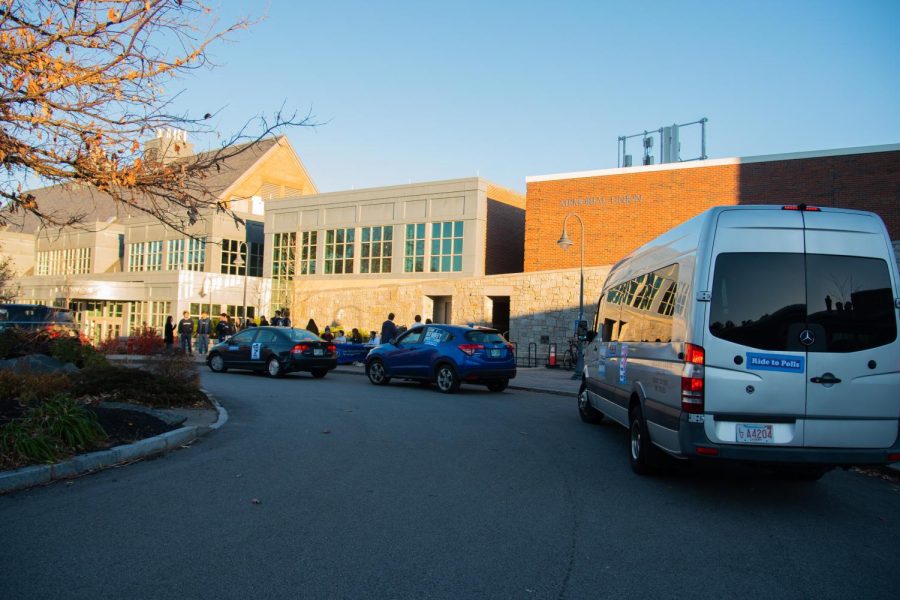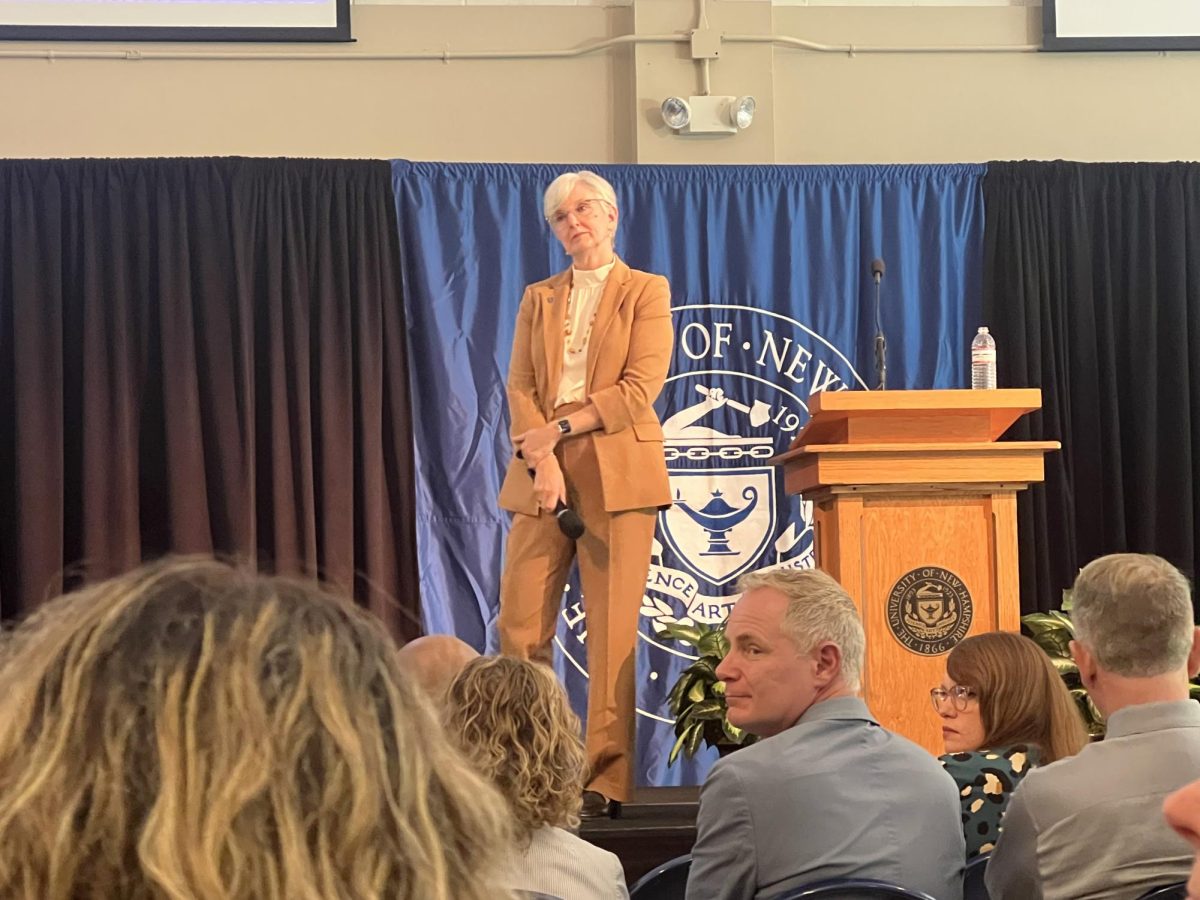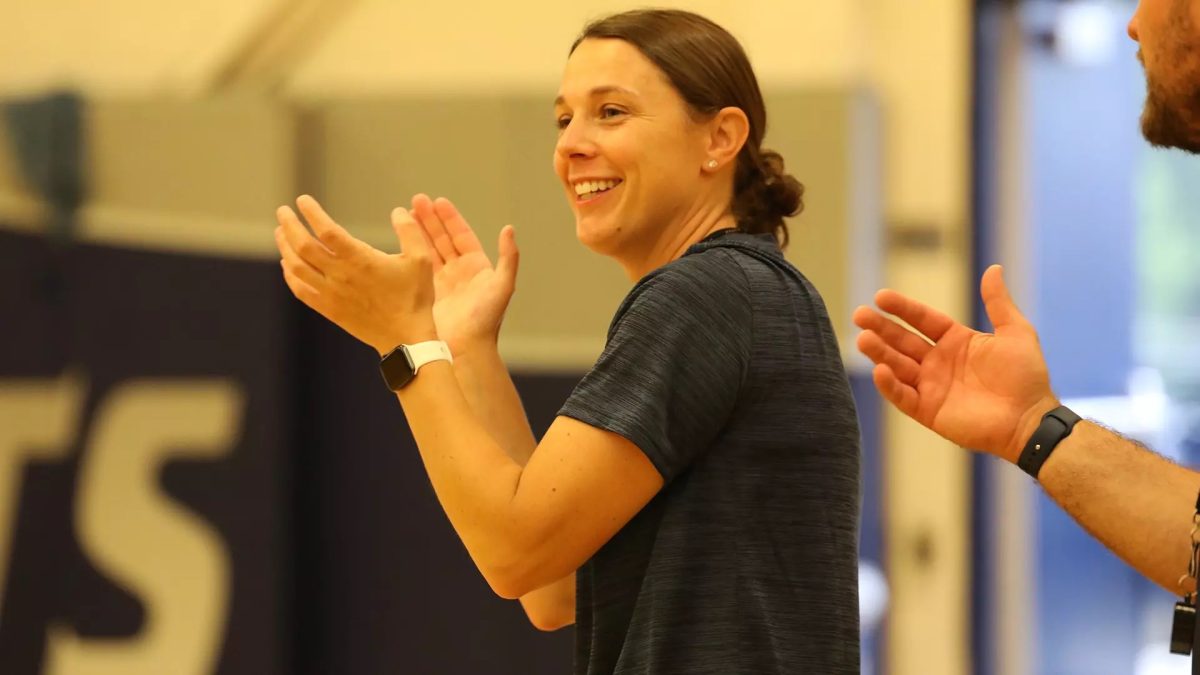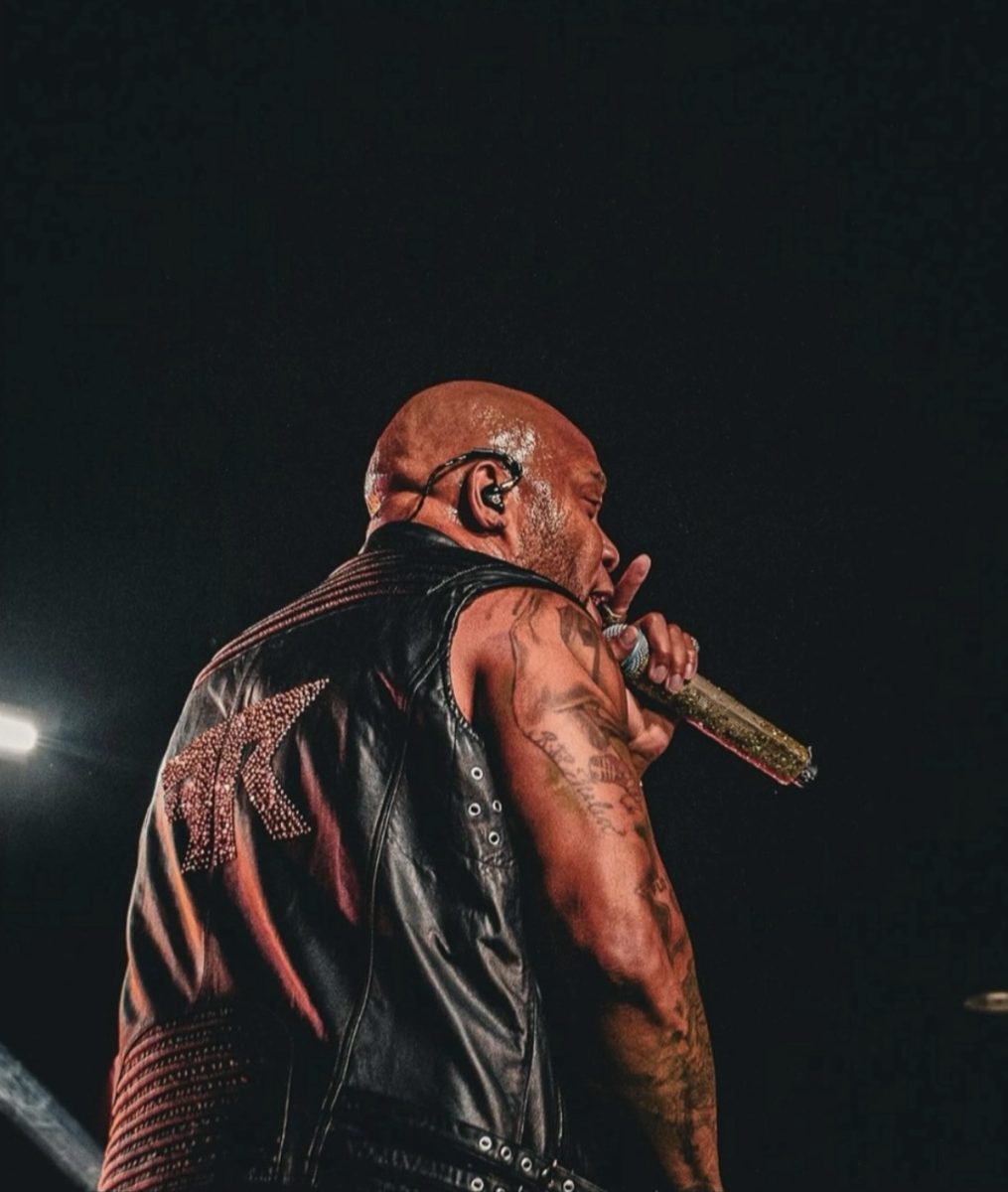By Abbi Sleeper, Staff Writer

A selection from Jon Imber’s portraits he created of family and friends as his disease progressed.
The UNH Museum of Art is kicking off the semester with two distinct collections, Jon Imber: Human Interest and Graphicornucopia.
Jon Imber, who studied at Cornell University and received his Masters of Fine Arts from Boston University, led a noteworthy painting career in his earlier years, experimenting with brush techniques in figural narrative and landscape. Human Interest, however, focuses on Imber’s later works, specifically the portraits completed in the last two years of the artist’s life. Imber’s final series is painted with distinctly bold and expressive gestures, as it captures the artist’s battle with Lou Gehrig’s disease.
This collection, made particularly relevant by this past summer’s viral “ALS Ice Bucket Challenge,” features over fifty portraits of Imber’s friends and family, as well as himself.
At the museum entrance, two large post-diagnosis paintings are juxtaposed with three portraits from the artist’s earlier years. Painted in the early 1980s, the pre-diagnosis works provide an example of Imber’s earlier style: huge canvases painted with deliberately small brush strokes, creating stunning, larger-than-life oil figures. Contrastingly, the later works (painted in 2012 and 2013) were composed with bold, expressive strokes as the artist’s fine motor control declined. If the painstaking layering of Imber’s earlier works invokes Monet, his post-diagnosis portraits express, as the artist himself remarked before his death, “an urgency Picasso wished he’d had.”
The bulk of the Imber exhibit is comprised of 54 portraits of friends and family who visited the artist’s studio in Stonington, Maine as his health declined. All oil on board, these portraits are arranged chronologically, from Self Portrait (August 2013) to Lobsang (February 2014), just two months before the artist’s death on April 17, 2014. Imber’s final series was painted with his left hand, as he lost control in his dominant right side soon after his diagnosis with ALS, and the progression of the disease is represented by the changes in stroke and gesture throughout the set of portraits. Imber is said to have considered these increasingly raw and expressive paintings “some of his best work.”
In addition to the collection of Imber’s work, the museum also features an interactive section entitled “About Face.” Patrons are encouraged to, with the paper, pencils and mirrors provided by the museum, attempt a self-portrait with their non-dominant hand, inspired by Jon Imber’s work with his left hand. Those who choose to participate in “About Face” are invited to post their self-portraits on a gallery wall, adding their own personal touch to the exhibit.
While the upper floor of the Museum focuses on the work of one artist, the lower level features Graphicornucopia, a collection of prints featuring many artists and spanning over 50 years.
Graphicornucopia is introduced as an exhibition of the renewed interest in printmaking in post-WWII America. The collection is composed of pieces from the Museum’s permanent collection and several pieces recently acquired through the generosity of UNH Alumni Lawrence and Marilyn Staples (’49 and ’48, respectively). Among the printmaking processes featured are lithograph, collotype, serigraph, screen print and etching.
Spanning so long a period and featuring multiple media, Graphicornucopia lacks the continuity of Human Interest, but far out-reaches its fellow exhibit in variety. A walk through the lower level of the Museum is sure to include several interesting discoveries and pleasant surprises.
One such surprise is multiple works by Andy Warhol, renowned pop artist of the 1980s. Graphicornucopia features two Warhol screen prints, “Cowboys and Indians (Sitting Bull)” and “Cowboys and Indians (Annie Oakley)” both 1986. In addition to these prints, however, is a simple print placed beside a lithograph by Fritz Scholder. Beside Scholder’s “Dancing Kachinas” (1971) is a photograph of Scholder himself, taken and printed by Warhol in 1979.
Another particularly interesting feature of Graphicornucopia can be found in the Collection Study Area. In this quiet corner of the Museum are three prints from a series by photographer Carl Austin Hyatt. The series, composed of gelatin silver and archival-gold prints, is entitled The Portsmouth Harbor Salt Pile Series. These three prints, taken from 1990 to 1992, are especially interesting to viewers who, like many UNH students, are familiar with the Portsmouth area. Hyatt’s method of printing gives the salt piles a surreal, ominous quality, appearing almost as white mountains against a dark sky.
Both Jon Imber: Human Interest and Graphicornucopia will have gallery talks in the coming weeks. Graphicornucopia will be presented by Kristina Durocher, Director of the Museum of Art, on Wednesday, September 24, and Human Interest by Nicholas Capasso, Director of the Fitchburg Museum, on Wednesday, October 1. Both presentations will take place at noon in the Museum of Art. The two exhibitions will be available for viewing through October 19.





















